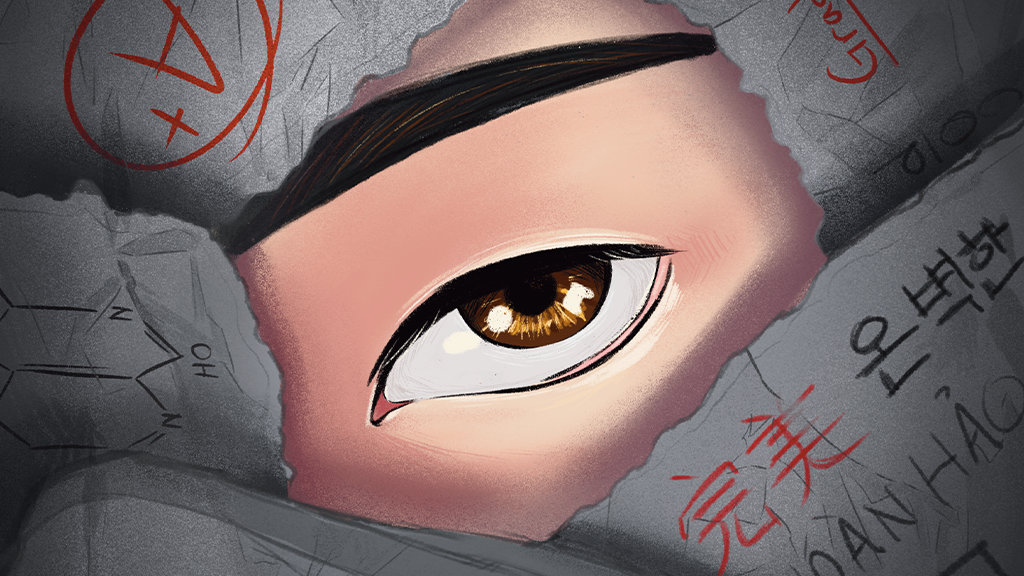When you think about the Asian American demographic, what assumptions do you make? Is it a person who is quiet and good at math — someone who is smart and keeps to themselves?
These stereotypes have been heralded as positive and have since formed the concept of a 'model minority,' which has left a mark on Asian Americans and how society views them.
With the rise in hate crimes directed toward Asian Americans reaching some unprecedented levels, it brings to question what it means to say Asians are a model minority.
Insidious Origins
The idea of the model minority expresses an assumption that minorities can overcome the disparities between race and class with innate intelligence or a strong work ethic.
The main 'model' for the model minority has been the Asian American demographic and it has since been used to reinforce Asian stereotypes and normalize them within society itself.
In a piece published by The Washington Post, Jeff Guo explained some of the reasons behind why Asians specifically were considered the 'model' for the model minority, rather than any other race.
“At the outset of the 20th century, Asian Americans had often been portrayed as threatening, exotic and degenerate," Guo wrote. "But by the 1950s … Newspapers often glorified Asian Americans as industrious, law-abiding citizens who kept their heads down and never complained.”
Guo further explained why Asians were elevated in this way, attributing it to the external influences of the Civil Rights Movement and the Cold War.
With respect to the Civil Rights Movement, conservatives at the time were wary of the social pushback from Black citizens. As a result, Asian Americans – who were steadily climbing socioeconomically – were used as a scapegoat.
“The image of the hard-working Asian became an extremely convenient way to deny the demands of African Americans,” Guo wrote.
This led to various forms of propaganda, which elevated success stories among the Asian American population while hiding the still continuing instances of racist legislation and attitudes within media.
In addition to the Civil Rights Movement, America was embroiled in other conflicts with Communist countries like Russia and China. In an article for NPR , writer Kat Chow discussed how previously anti-Asian laws such as the 1800s Chinese exclusion laws were repealed during World War II once China became an ally . However, this coincided with the internment and imprisonment of Japanese citizens.
A Lasting Impact
Today, many first generation Vietnamese Americans do not necessarily fit into the mold of the model minority. This may cause some surprise and even some discomfort to people who may unconsciously hold these expectations.
Isabella Blanco, a first year Industrial Design student at RIT, is a second generation immigrant among her Filipino parents. She described herself as “fitting the [model minority] role perfectly” by getting good grades and having a quieter personality. She expressed the stress that came with maintaining that model.
“The term [model minority] was everywhere … everyone was aware of it,” Blanco said. “I’ve benefited from it in a way … but there was a huge pressure to keep up.”
Blanco is not alone in feeling this pressure. Asian Americans deal with high expectations from their parents, their peers, teachers and sometimes even strangers. Due to an amalgamation of these pressures, Asian Americans have the highest suicide rates among the college student demographic.
“[The model minority stereotype] forces you into this box of who you’re meant to be even if it’s successful,” Blanco said. “It doesn’t allow you to explore your path and instead encourages this homogenization.”
“[Being a model minority] doesn’t allow you to explore your path and instead encourages this homogenization.”
Blanco also emphasized a general sense of ignorance around Asian cultures. Oftentimes, people hurt without meaning to.
“Yesterday when I was at work, [a customer] asked: ‘what are you?’” Blanco explained. “A lot of people don’t know Filipinos at all, they look at us and think we’re some type of mix.”
A piece by Sarah-Soonling Blackburn with Learning for Justice explained how American perceptions overall isolate Asian Americans as both something to exoticize and ostracize.
“Buried under these stereotypes, the message is clear: Asian Americans are all the same — and all different from other Americans. On one hand, Asian Americans are often perceived as having assimilated better than other minority groups,” Blackburn writes. “On the other hand, Asian Americans are seen as having some foreign quality that renders them, perpetual outsiders.”
These stereotypes take away from the richer, less known cultures among the diaspora. Aspects of Asian cultures are made into caricatures, such as the role of family within these cultures and how that has been caricatured as ‘Tiger Moms’ or 'docile fathers.'
“A huge part of growing up was going to my tita’s house with these massive holiday parties,” Blanco said. “There’s this sense of community there … what mattered was the family connection.”
“There’s this sense of community there … what mattered was the family connection.”
Even within the Asian American population, there is a diverse group of people with many different views and experiences. One of the joys of connecting with other Asian Americans is learning from each other, and the distinct experiences we have in common and what we do not.
“As part of [Asian Cultural Society] … it’s nice to get to know people and learn about their different experiences with the label of Asian American,” Blanco said.
To undo some of the damage these stereotypes have brought to Asian Americans, learn more about some of these cultures – to really appreciate them, and in turn, the people that inhabit these communities.








